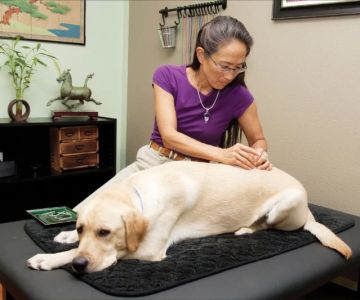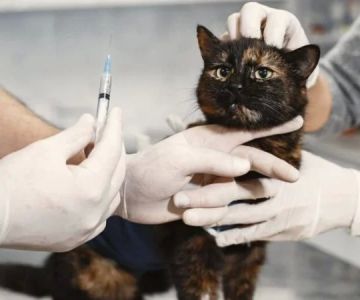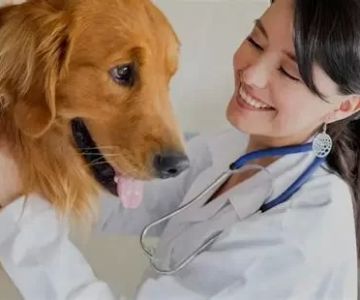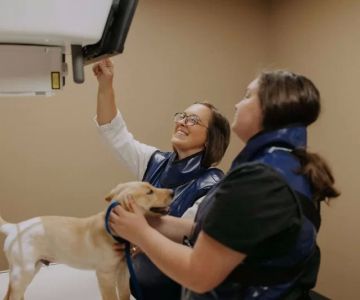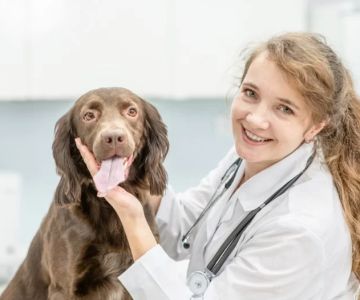What Does PO Mean in Veterinary Terms? Understanding PO in Veterinary Medicine
- Understanding PO in Veterinary Medicine
- The Importance of Abbreviations in Veterinary Care
- Common Veterinary Abbreviations and Terms
- Real-Life Case Example of PO in Action
- When to Ask for Clarification in Veterinary Medicine
Understanding PO in Veterinary Medicine
In veterinary terms, the abbreviation PO stands for "per os," which is Latin for "by mouth." It is commonly used to indicate that a medication or treatment is to be administered orally. When a veterinarian writes "PO" on a prescription or medical chart, they are instructing the veterinary technician, nurse, or pet owner to administer the medication orally to the animal.
PO is one of the most frequently used abbreviations in veterinary care, especially when it comes to administering oral medications, including pills, liquids, and some types of nutritional supplements. This simple abbreviation ensures clear communication between veterinarians, technicians, and pet owners, helping to avoid errors in treatment.
The Importance of Abbreviations in Veterinary Care
Abbreviations like PO in veterinary care help streamline communication and make the process of documenting and prescribing treatments more efficient. Veterinary medicine, like other healthcare fields, often requires concise and accurate communication due to the volume of information that needs to be processed daily. Without abbreviations, medical records would become cumbersome, making it harder to keep track of patient care.
While abbreviations are useful, it's essential that both the veterinarian and support staff (including veterinary technicians and assistants) are familiar with the commonly used terms. Understanding abbreviations like PO ensures that medications are administered as intended, improving the quality of care provided to animals.
Common Veterinary Abbreviations and Terms
PO is just one of many abbreviations used in veterinary practice. Here are a few other common veterinary terms and their meanings:
- SQ (subcutaneous) – Under the skin, often referring to injections.
- IV (intravenous) – Into the vein, typically used for fluid administration or medications.
- PRN (pro re nata) – As needed, commonly used for medications that are given only when symptoms occur.
- QID (quater in die) – Four times a day, used for medication dosing schedules.
- PO (per os) – By mouth, used to describe the oral administration of medications or food.
Each of these abbreviations helps ensure that veterinary teams can communicate treatment instructions quickly and clearly. While they may seem complex at first, these terms become second nature with experience, making it easier to provide timely and effective care.
Real-Life Case Example of PO in Action
Consider a scenario in which a dog is diagnosed with a mild infection. The veterinarian prescribes an antibiotic and writes "PO" on the medication instructions. This indicates that the dog should take the antibiotic orally. The veterinary technician then ensures that the dog receives the correct dosage by mouth, following the veterinarian's instructions. By using the term PO, the team avoids any confusion that might arise if the prescription simply said "antibiotic" without specifying how it should be administered.
This case highlights how important the PO abbreviation is for clear communication in veterinary care. In the absence of PO, there could be delays or errors in the administration of medication, which could negatively affect the animal's recovery.
When to Ask for Clarification in Veterinary Medicine
While abbreviations like PO are useful, they can sometimes lead to misunderstandings, especially if they are unclear or unfamiliar. It's important for all veterinary professionals to feel comfortable asking for clarification if they are uncertain about any instruction. If you are unsure about the correct route of medication administration, always consult with the veterinarian to avoid errors. For example, if a prescription simply reads "PO" but doesn't specify whether the medication should be given with food, it's okay to ask for further instructions.
Clear communication and asking for clarification when necessary help ensure the safety and well-being of the animals in your care, as well as the success of the treatment plan prescribed by the veterinarian.


